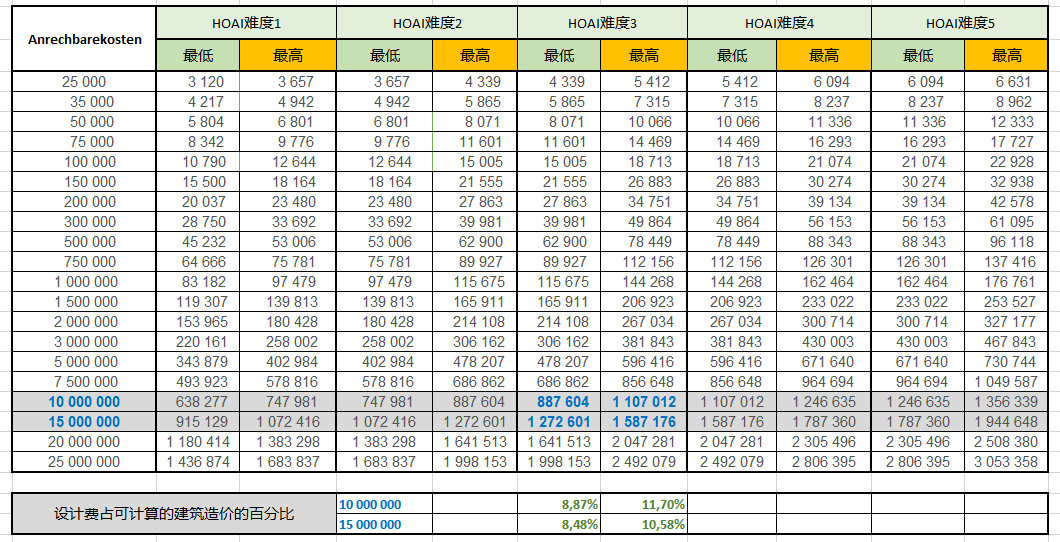1.4 process method: when the infilled wall is built to the bottom of beam and slab, leave 80 ~ 200mm gap, and cut the brick into parallelogram according to the needs of oblique masonry.
3.7 practice details (Fig.
2.6 quality requirements: the dimensional deviation of the forward and backward position of the structural column tenon is ± 5mm.
The lower opening brick of the incoming tenon shall be cut into an inclined angle of 60mm wide and 45 °.
After the pipeline is buried, the cement mortar shall be fixed firmly.
Through wall holes shall be reserved along with masonry.
6.2 tools: hammer, trowel, iron scissors and cutting machine.
The groove with width less than 95mm shall be filled with M10 cement mortar, and the groove greater than 100mm shall be filled with C20 fine aggregate concrete, and the surface shall be flush with the wall surface..
5.4 process method: when electric pipes pass through lintels, the method of directly connecting embedded electric pipes in cast-in-situ lintels or embedding PVC sleeves in prefabricated lintels can be adopted.
The horizontal distance of reserved holes shall not be greater than 600mm, the vertical spacing shall not be greater than 400mm, and the first hole shall not be greater than 200mm from the slab surface.
4.7 example diagram (Fig.
4.2-4): 2.8 example diagram (Fig.
4.2-8): 5.8 example diagram (Fig.
6.3 process: grooving → filling concrete or mortar → nailing wire mesh.
4.2-6): 4 embedded concrete precast blocks at door and window openings.
1.2 tools: cutting machine, gray knife, wire rope.
Building communication media ID: jianzhong0011 top treatment of infilled wall 1.1 materials: brick or concrete inclined block, triangular concrete precast block and masonry mortar.
1.7 detailed practice drawing (Fig.
4.2-9): 6 wall pipeline grooving and filling 6.1 materials: C20 fine aggregate concrete or M10 cement mortar, wire mesh, cement nail and pipe clamp.
5.5 control points: position, specification and quantity of electric pipe (sleeve).
3.2 tools: trowel and brush.
2.4 process method: the connection between the structural column and the masonry shall be built into a horse tooth tenon.
3.1 materials: interface agent, polymer mortar, elastic putty, non-woven fabric and white emulsion.
After the interval of 7 days after the completion of the infilled wall, the top gap shall be laid obliquely with an angle of 45 ~ 60 °, and the inclined masonry shall be compacted one by one.
3.6 quality requirements: the mortar on the contact surface shall be full, the corner plastering and joint filling shall be in place, and the non-woven fabric shall be pasted smoothly and firmly.
The retreating size shall be 60mm on each side and the height shall not be greater than 300mm.
2.3 process: brick laying → masonry and hole reservation → sponge strip pasting → formwork erection.
The diameter of the opening or embedded casing shall be 2mm larger than the threading pipe.
4.2 tools: ash knives and shovels.
Sponge strips shall be pasted on the edge of the tenon of the structural column before formwork erection.
Set up leather poles at the edge of the opening to determine the position of concrete precast blocks The distance from the center line of the first concrete precast block to the top and bottom of the opening shall not exceed 150mm.
Before large surface plastering, polymer mortar bevel with 10 ~ 15mm right angle edge shall be plastered at the contact between masonry and concrete.
The thickness of the mortar joint shall be controlled at 8 ~ 12mm, and the two ends and the middle shall be built with triangular concrete precast blocks.
3.5 key control points: slurry throwing, angle plastering, joint pulling, joint filling and cloth pasting.
The precast blocks shall be built and installed at the determined position.
3.3 process: slurry throwing at the contact surface between the infilled wall and the concrete → masonry of the infilled wall → joint plastering → joint pulling → joint filling → cloth pasting.
2.2 tools: Φ 16 screw or step-by-step tightening and cutting machine.
During formwork installation, in order to ensure the dense concrete pouring, the top of the formwork on one side shall be made into a funnel shape, and the brick hole of the hollow brick facing the structural column shall be blocked to prevent slurry leakage.
The electric pipe extends 30mm below the lintel and is firmly fixed before pouring concrete.
After large surface plastering, a 3 ~ 5mm deep gap shall be pulled with a trowel at the joint, filled with elastic putty before applying putty, and the surface shall be plastered with 200 mm wide non-woven fabric with white emulsion adhesive.
5.7 detailed drawing of practice (Fig.
5.1 materials: Electric pipes and PVC sleeves.
4.2-5): 3 treatment of the interface between the infilled wall and the concrete wall.
The spacing between the middle precast blocks: the door opening shall not be greater than 1.2m and the window opening shall not be greater than 0.5m.
4.2-2, FIG.
2.7 practice details (Fig.
3.4 process method: before masonry, the infilled wall and the concrete The interface agent is used to shake the slurry on the contact surface to form a rough surface, and the mortar at the joint with the concrete is filled tightly during masonry.
6.4 process method: the masonry shall be grooved with a cutting machine, and the grooving depth shall ensure the distance from the table after the pipeline is buried The wall surface shall not be less than 20mm and shall not exceed 100mm.
5.3 process: formwork fabrication → embedded sleeves → pouring lintel concrete.
The position of the opening or embedded casing shall be consistent with the opening position of the box, the number and specification of the incoming pipe.
4.2-7): 5 electric pipes in concrete lintels.
4.6 quality requirements: the embedded position of concrete precast block shall be correct, and the height deviation shall not be greater than 100mm.

4.4 process method: process or purchase concrete precast blocks on site according to the size of door and window openings and wall material specifications.
1.3 working procedure: setting of inclined brick laying position → brick cutting → inclined brick laying, placement of triangular concrete precast block → joint cleaning.
5.2 tools: hole opener and tape.
4.2-1): 1.8 example drawing (Fig.
5.6 quality requirements: the embedded position, quantity and specification of electric pipe or casing shall be accurate, and the electric pipe shall enter the box vertically.
4.3 process: precast block processing → brick laying → masonry and installation of precast blocks.
4.2-3): 2 construction column horse tooth tenon masonry; 2.1 material: brick or block, masonry mortar, back glue sponge strip.
2.5 key control points: tenon height, inclined mouth, sponge strip and bolt hole.
The horse tooth tenon shall retreat first and then advance.
1.5 control points: retaining height and inclined masonry angle.

4.1 materials: concrete precast blocks.
4.5 key control points: Specification and position of concrete precast block.
According to the position, specification and number of pipes Measure the opening on the lintel bottom formwork or the embedded casing on the cast-in-situ lintel.
1.6 quality requirements: the diagonal brick shall be squeezed tightly one by one, and the mortar shall be full.
Horizontal and inclined grooves shall not be opened on the wall surface.



